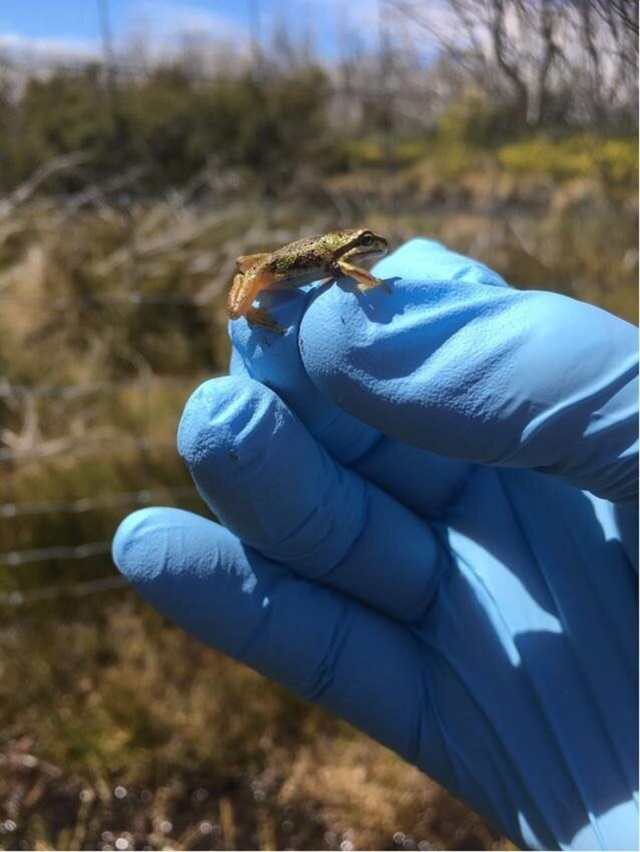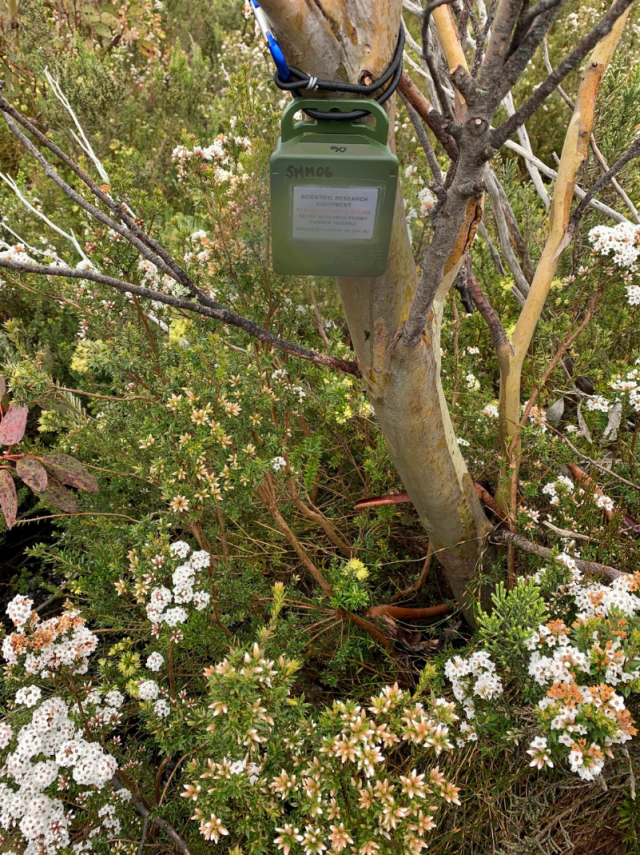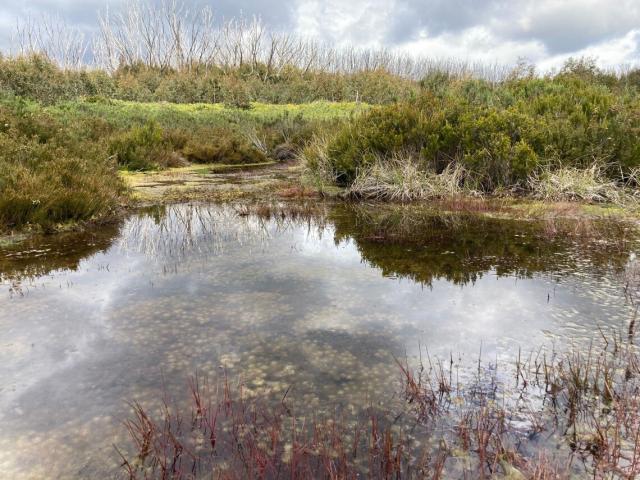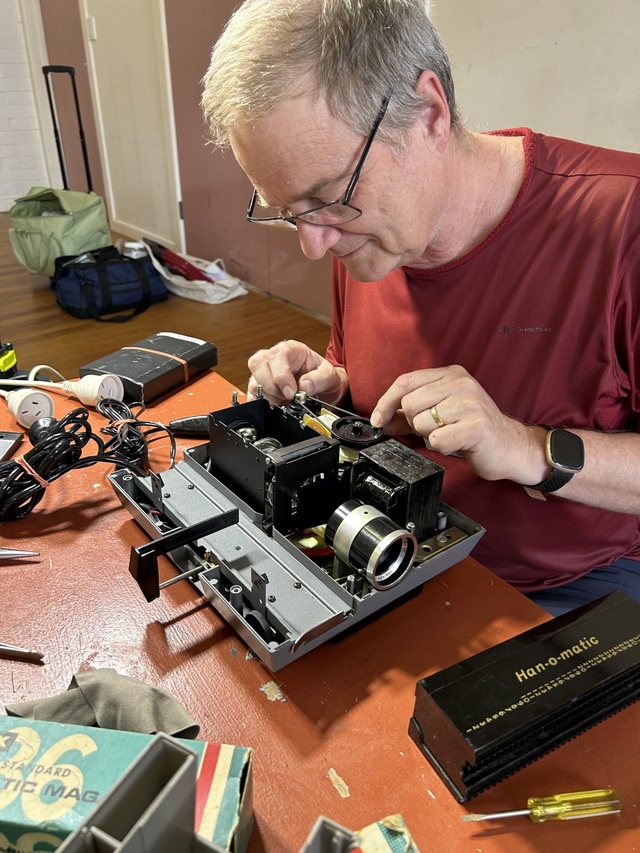A research project from Parks Victoria in partnership with Museums Victoria and Lake Mountain Alpine Resort is recording frog calls in the plateau of Lake Mountainto research and improve the understanding of different species in the Yarra Ranges National Park.
Ten specialised recording devices have been placed near bodies of water to record frog calls 24 hours a day over a four-month period.
The project is based on the science of bioacoustics, the study of the production, transmission, and reception of animal and insect sounds.
Different species of frog can be contrasted by whether they croak, ribbet, or grunt and the differences in pitch or speed. This helps to alleviate problems with distinguishing frogs based on their appearance alone.
Sarah Matthews, one of the rangers involved in coordinating the research project said the equipment available for use in the project is fantastic, especially without disturbing the frogs.
“They are a non-invasive way of capturing data. We don’t have to disturb the frog’s habitat to identify them,” she said.
“After all the sounds are captured, there will be lots of work to complete running the data through a call recogniser program to identify which species are present.”
Lake Mountain was historically home to a range of frog species including Common Froglet, Victorian Smooth Froglet, and the threatened Alpine Tree Frog which hasn’t been officially sighted on Lake Mountain since the 1950s. In 2009, the Black Saturday bushfires saw significant damage to the native habitat, flora, and fauna species in the region.
In winter, the Marysville mountain is transformed into a ski resort. It has subalpine tracks and over 37km of ski trails. Across the summer months, wildflowers bloom and provide a popular walking area for visitors to escape the summer heat.
Lake Mountain plateau features vital habitats including the threatened Alpine Sphagnum Bog, a land and water ecosystem which is of particular importance to animals including the endangered Alpine Bog Skink.
The project is part of larger conservation practices taking place across the state. Deer, which are becoming quite a pest in areas like Warburton, are a major threat to the health of Victoria’s alpine bogs and wetlands and are controlled at a landscape scale through shooting, with special exclusion fencing in high biodiversity-value areas to protect specific habitats and native species. Through this program, several bogs will be fenced to allow moss to recover, protecting frog species which rely on the water as tadpoles.
The research partnership between Parks Victoria, Museums Victoria and Lake Mountain Alpine Resort has been funded thanks to a grant from the Foundation of National Parks and Wildlife.










